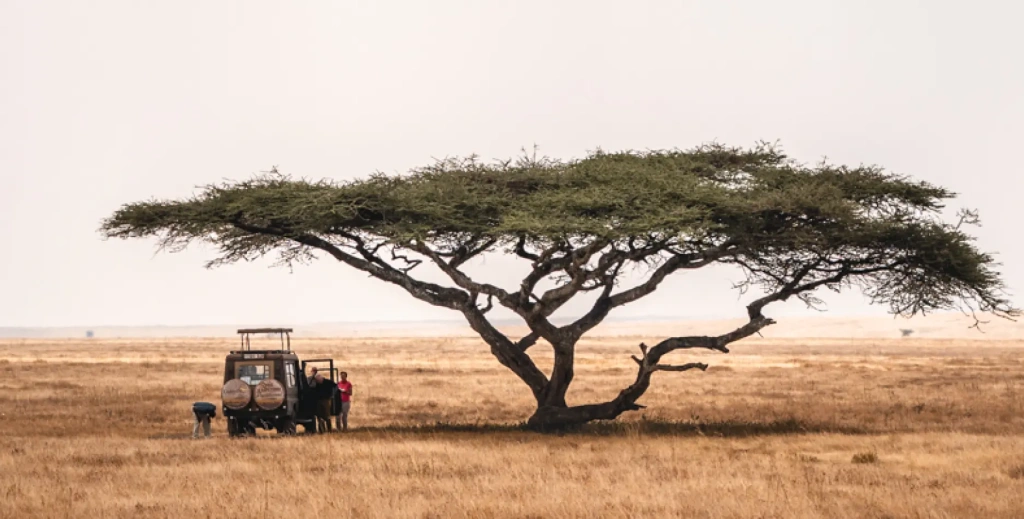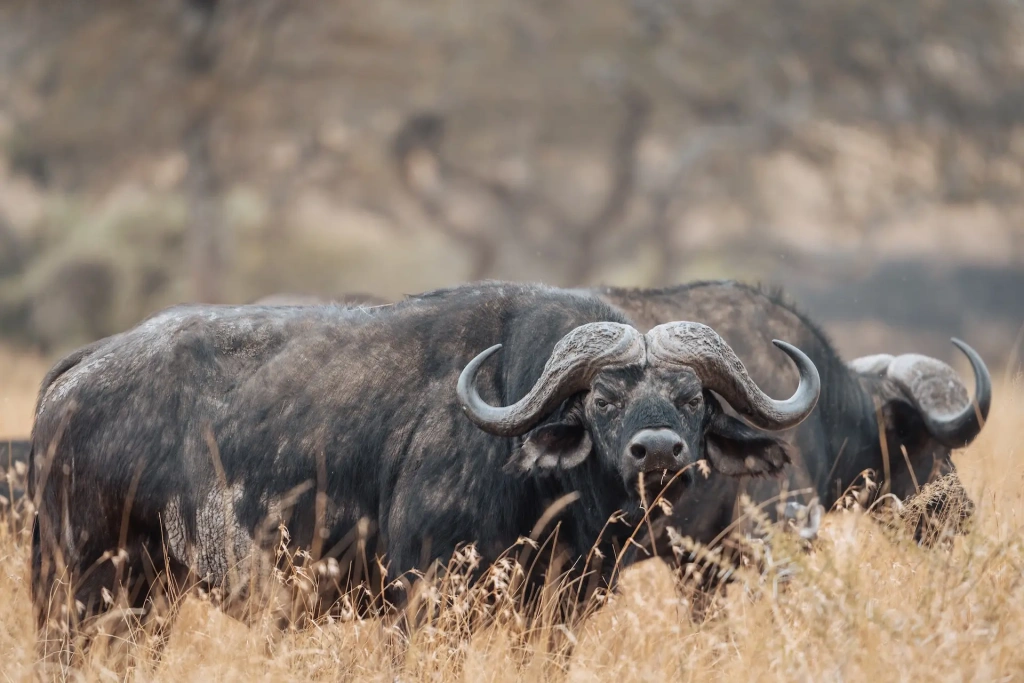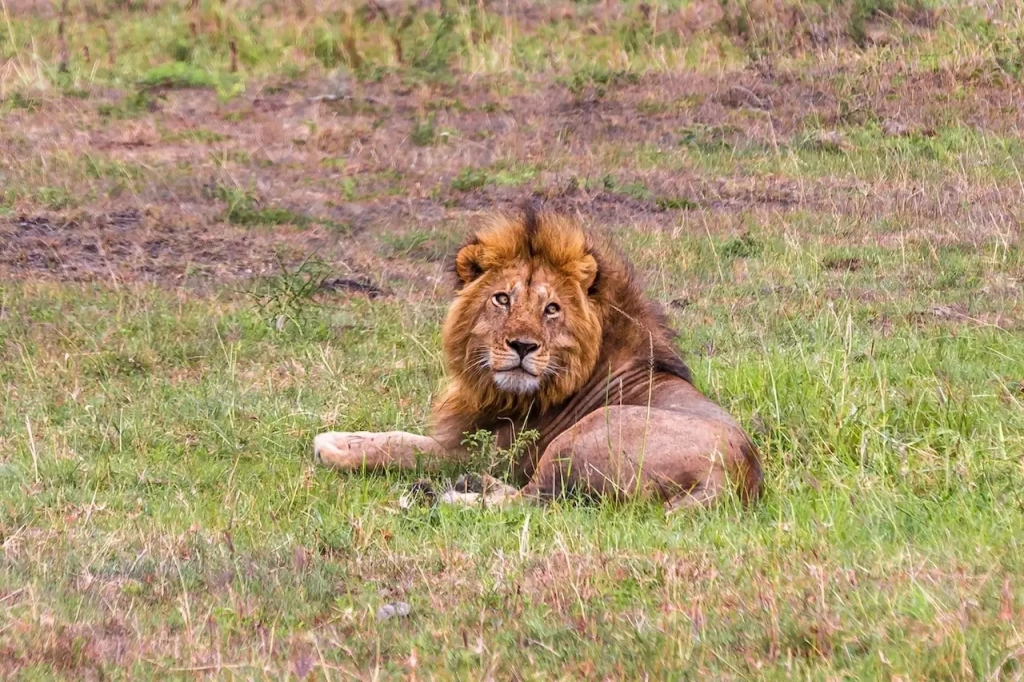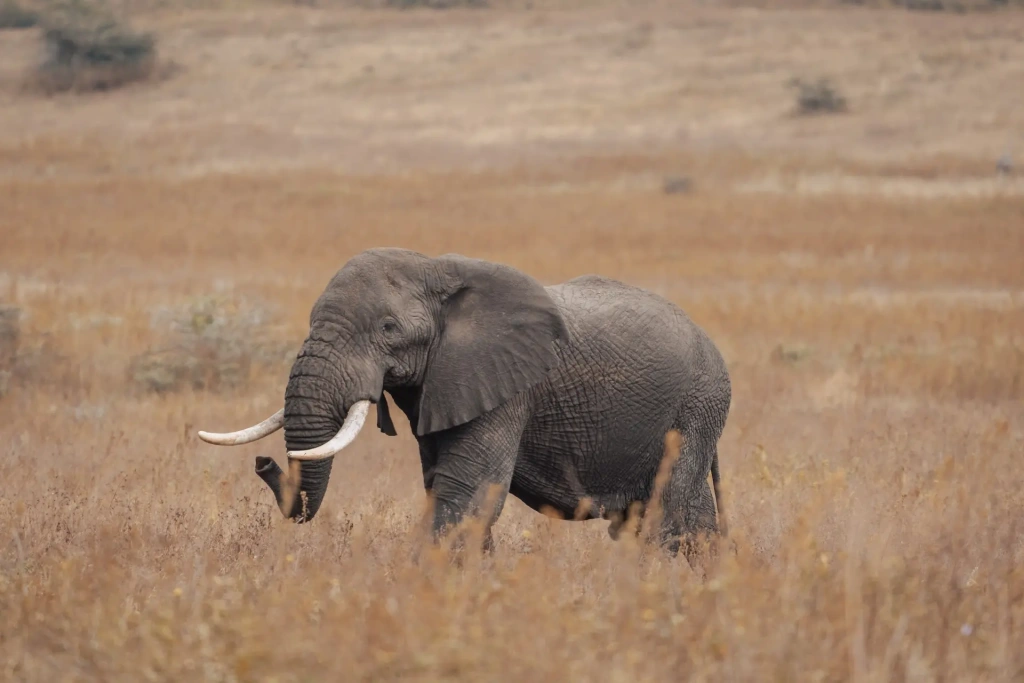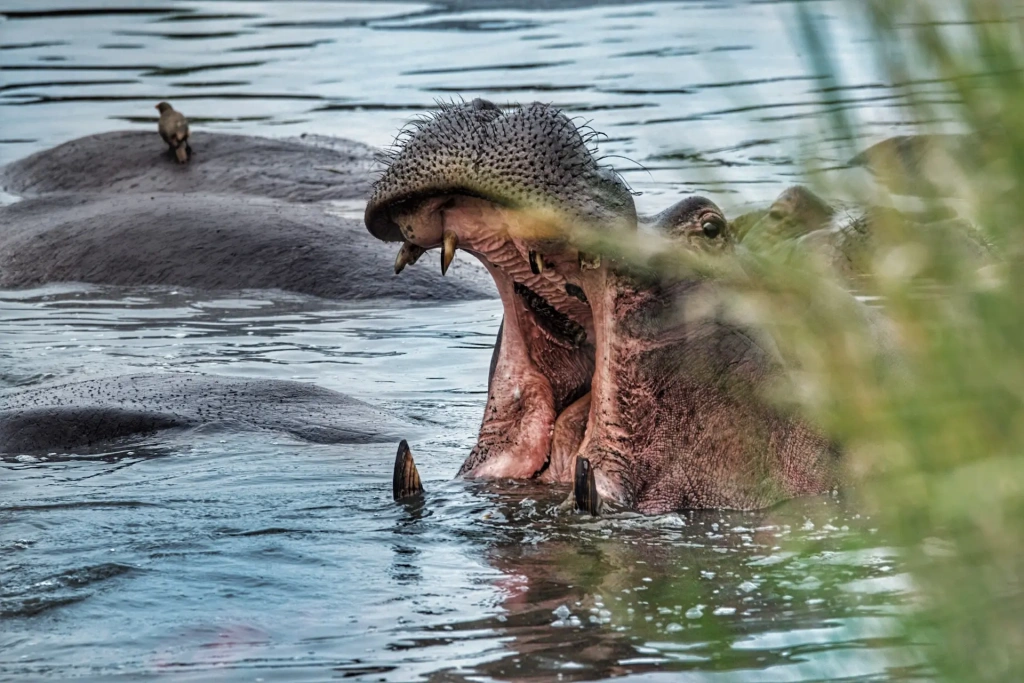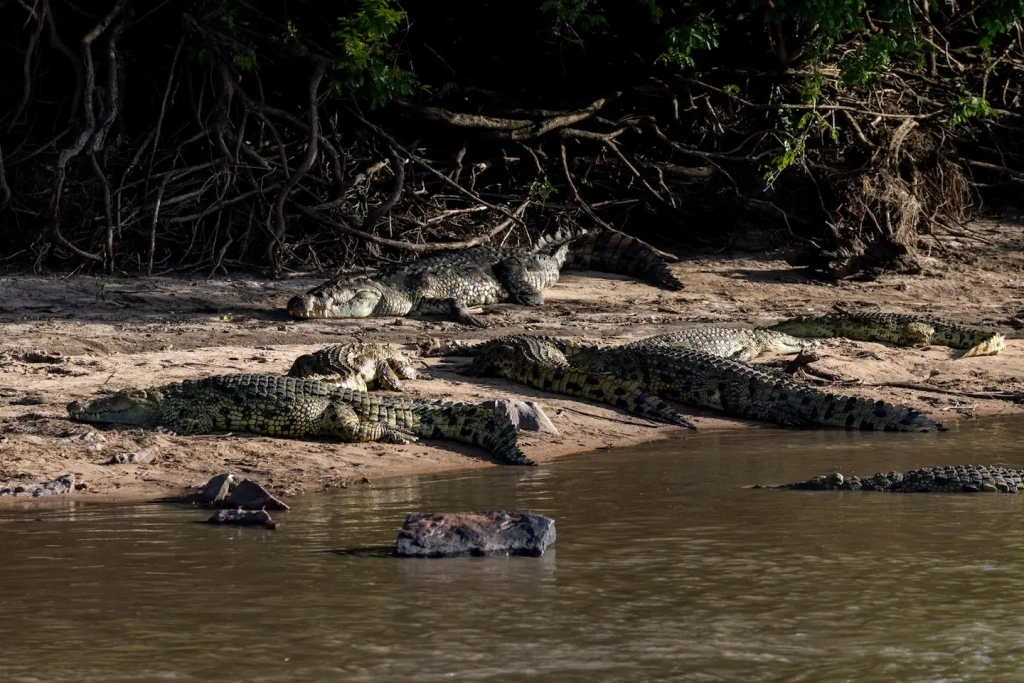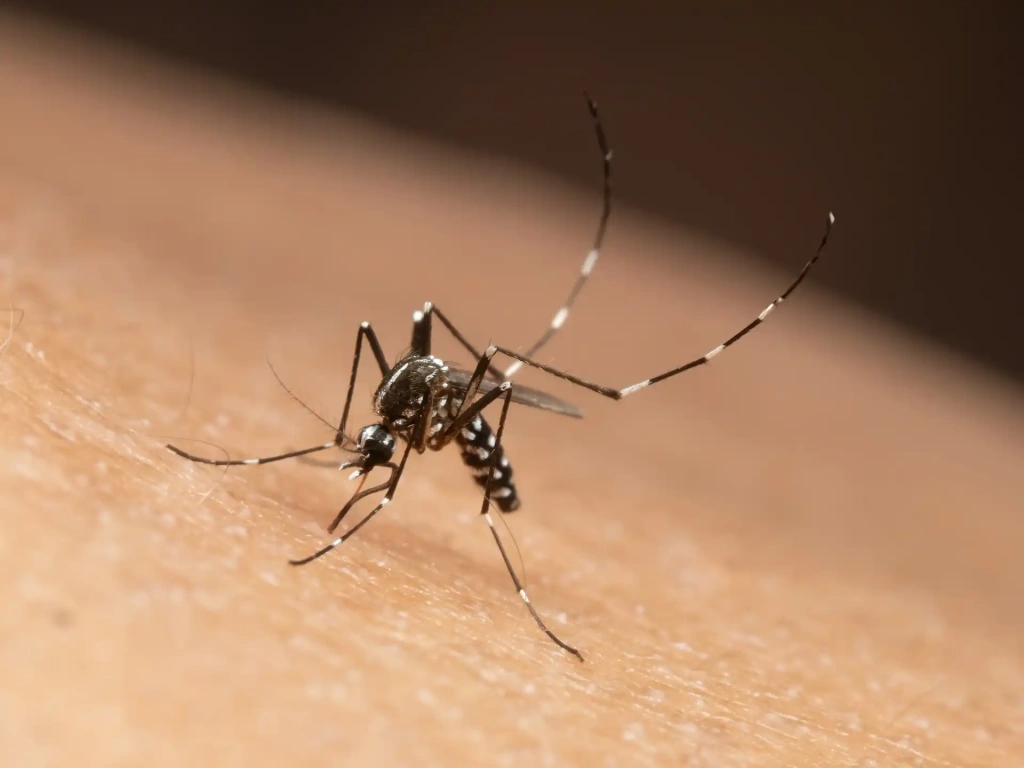Africa is a continent where humans live in fragile balance with nature. Some of the most dangerous creatures on Earth, ranging from large predators to tiny insects, live here, and encounters with them can be fatal. This Altezza Travel article looks at what animals kill the most humans in Africa.
7. Buffalo
According to the International Union for Conservation of Nature, there are about 400,000 African buffalo. Despite being herbivores, they are responsible for around 200 human deaths per year.
Buffalo have always been part of the "Big Five Animals" along with lions, leopards, rhinos, and elephants. Today, the term is mainly used in the context of safaris and wildlife tourism, but it originally referred to the deadliest animals in Africa, as listed by hunters.
Hunters still fear them today: specialized hunting magazines, which unfortunately still exist, claim that hunting buffalo requires extreme caution, skill, and a team of at least three hunters. Hunters and farmers are often the ones attacked: buffalo will charge when their territory is invaded or they sense a threat to their young. They are intelligent, unpredictable, aggressive, and capable of coordinated defense.
6. Lion
According to the World Wildlife Fund, there are about 20,000–25,000 lions left in the wild. Almost all live in Africa, with around 700 in India. A 2024 study suggests that lions may be responsible for up to 250 human deaths per year. Although no global statistics are maintained, multiple incidents and their causes have been documented.
For example, in the late 19th century, a pair of lions (named Tsavo Man-Eaters) attacked workers building a bridge over the Tsavo River in Kenya. Estimates of the death toll over nine months range from 28 to 135 people. A report by the International Union for Conservation of Nature (IUCN) states that in the first half of the 20th century, lions in East Africa killed around 1,500 people over 15 years. Between 1990 and 2005, about 600 people were killed and at least 300 injured.
Because lions don’t usually prey on humans, scientists have studied the causes of these attacks. Experts have identified several contributing factors:
- Human-wildlife conflict in rural areas, where people, livestock, and predators often share the same territory
- Disease outbreaks among livestock or droughts, which lead to a decline in natural prey populations, force lions to seek alternative food sources
- Illness or injury that drives lions to hunt easier prey
- Unintentional habituation to human flesh after feeding on unburied human remains — for instance, during epidemics, wars, or along slave trade routes in the distant past
5. Elephant
Elephants kill around 500 or more people every year. To understand the scale and geography of this conflict, it’s important to consider the background. Just a few centuries ago, an estimated 25 million elephants roamed the African savannas. By 1980, the population had dropped to under 2 million, and by 2025 to 415,000, putting the species at risk of extinction. This isn’t only due to poaching, though trophy hunting remains popular.
Elephants are megaherbivores requiring around 150 kg (330 lb) of food and 200 liters (53 gal) of water daily. To meet these needs, they roam vast areas, but their habitat is shrinking due to expanding villages, farms, and infrastructure.
Like other wildlife, elephants are losing their habitats and now compete with humans for access to water and food. This competition is deadly on both sides. Since Africa has the largest elephant population (Asia has only 40,000–50,000), most human and elephant casualties occur here.
4. Hippopotamus
Despite not being part of the “Big Five,” hippos are responsible for roughly the same number of human deaths as elephants — around 500 per year. The reasons and circumstances are similar: humans encroach on their habitats, occupying more and more territory. Hippos, while notoriously aggressive, are in an even more vulnerable position.
First, hippos are freshwater animals that live in shallow lakes, rivers, or swamps. Their skin must remain moist, so access to water is essential for survival. This limits their ability to migrate over long distances on land, which increases the likelihood of contact with humans, who also need access to water sources. Attacks on swimmers from nearby villages or fishermen who get too close to a herd are not uncommon.
Second, in some African regions, hippo meat is consumed, and their tusks are valued on the black market as a substitute for elephant ivory. This also significantly increases the risk of human-wildlife conflict, though it more directly affects the hippo population. According to World Population Review, only 125,000–148,000 hippos remain in Africa.
3. Crocodile
These predators claim up to 1,000 lives annually worldwide. Crocodiles inhabit rivers, lakes, and sometimes even coastal waters — frequent points of contact with humans. Africa is home to five crocodile species, the largest and most dangerous being the Nile crocodile. It can grow up to 5.5 meters (18 feet) in length and weigh over 500 kg (1,100 pounds).
There are no official, consistent statistics on crocodile attacks in Africa. The available data are contradictory and cover different periods. Some sources claim that crocodiles now kill around 300 people annually; others refer to spikes in the 1940s and 1950s when giant reptiles allegedly killed about 1,000 people per year. However, neither claim is supported by official documentation.
In 2019, Simon Pooley, an environmental lecturer at Birkbeck, University of London, published a study compiling data on Nile crocodile attacks on humans over a 67-year span (1949–2016). Researchers documented 214 confirmed cases, most of which occurred in rivers during the hot season, between December and March. Experts attribute this to the rainy season (higher water levels make crocodiles harder to spot) and the breeding season, when the animals become more aggressive. Victims were most often young people under 15, who were swimming or fishing.
2. Snakes
Despite their modest size, snakes claim far more lives than most large animals and pose a much greater threat. The reason lies in their broad habitat range: they can be found in savannas, open forests, rocky hills, wetlands, and even in large towns and cities. Africa is home to about 400 snake species, around 30 of which are venomous.
Hundreds of thousands of people are bitten every year, with 20,000 to 30,000 deaths reported. The most frequent culprit is the black mamba, widely regarded as the deadliest snake on the continent. In some cases, death can occur within hours, typically between 4 and 16 hours, if the victim does not receive medical treatment. The high fatality rate is largely due to this lack of prompt care.
Rural residents are most affected. They often cannot reach a hospital with antivenom in time or may seek help from local shamans instead. Their herbal remedies, unsurprisingly, are ineffective. Victims either die or suffer permanent disability.
Other highly dangerous snakes include cobras, vipers, and the boomslang (a type of colubrid). The boomslang is considered Africa’s most venomous snake, but unlike the aggressive black mamba, it is shy and rarely bites humans.
1. Mosquitoes
This insect is considered the deadliest African animal, and on the planet, killing hundreds of thousands of people each year. The danger lies not in the mosquito itself but in the disease it transmits: malaria.
According to the World Health Organization, from 2000 to 2022 there were 2.1 billion malaria cases and 11.7 million deaths globally. The vast majority, 82% of cases and 94% of deaths, occurred in African countries. In other words, more than 230 million people contract malaria in Africa each year, and over 500,000 die from it. The disease poses a particular threat to people with weakened immune systems, especially children and pregnant women.
Malaria is caused by parasites that enter the bloodstream through a mosquito bite. Initial symptoms (fever, headache, chills) appear within two weeks of infection. If treated promptly, recovery typically takes only a few days. However, if left untreated, the disease becomes severe, leading to weakness, confusion, seizures, and difficulty breathing. At that stage, the risk of death rises sharply.
What animal kills the most humans in Africa?
The malaria mosquito. Each year, up to 500,000 people die from the disease (malaria). Next are snakes (20,000–30,000 deaths), crocodiles (1,000), hippos (500), elephants (500), lions (250), and buffalo (200).
What are the most dangerous animals in Africa?
Africa’s Top 10 most dangerous and aggressive animals include:
- Hippopotamus
- Buffalo
- Nile crocodile
- Lion
- Leopard
- Rhinoceros
- Spotted hyena
- Elephant
- Honey badger
- Black mamba (snake)
All content on Altezza Travel is created with expert insights and thorough research, in line with our Editorial Policy.
Want to know more about Tanzania adventures?
Get in touch with our team! We've explored all the top destinations across Tanzania. Our Kilimanjaro-based adventure consultants are ready to share tips and help you plan your unforgettable journey.















